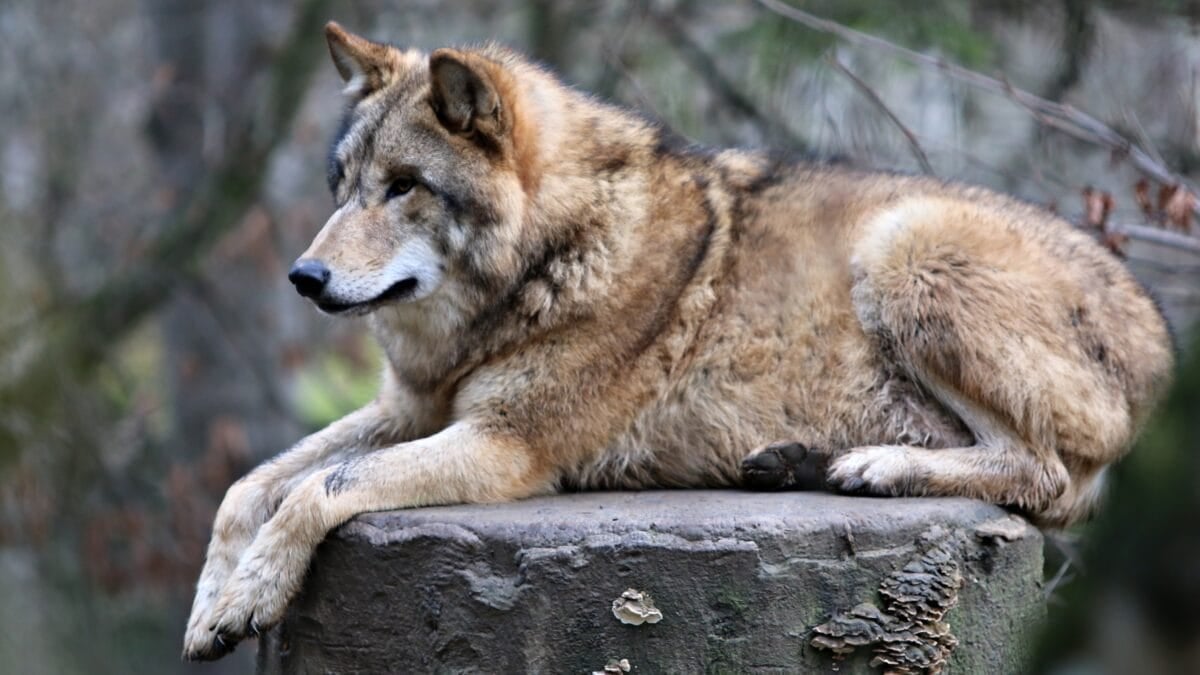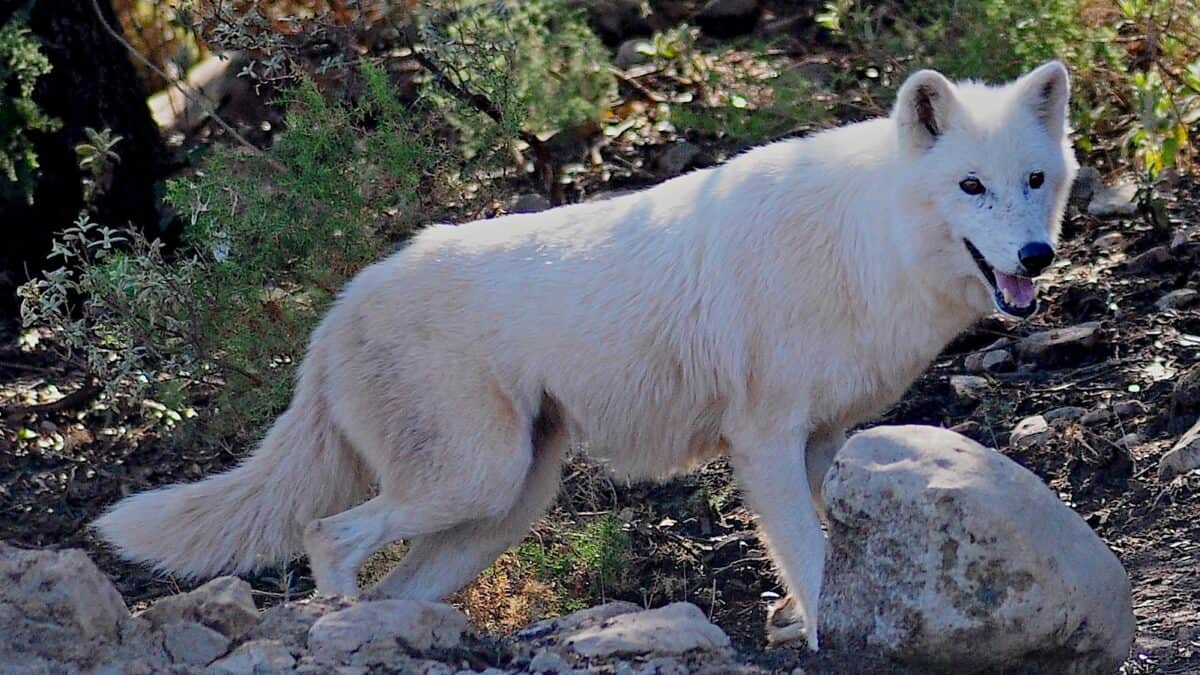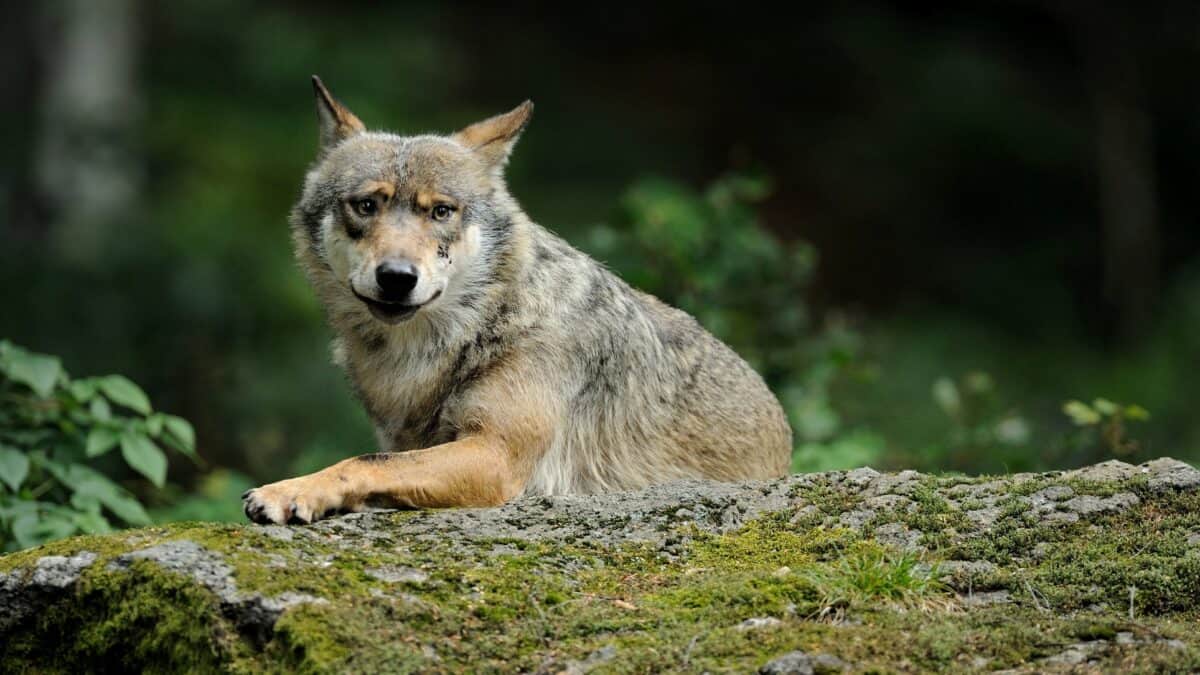Wolves, the enigmatic predators of the wild, have long captivated human fascination. Known for their haunting howls and striking appearances, wolves are also tactical geniuses, exhibiting teamwork and strategy that rival the most sophisticated military operations. In this article, we’ll explore the ten ways wolves collaborate like seasoned tacticians, from their hunting techniques to social structures. This exploration will provide insight into the intricate world of wolf packs and challenge the common perceptions of these majestic creatures.
Understanding Wolf Packs

Wolf packs are complex social units, typically comprising family structures with a breeding pair — often referred to as the alpha male and female — and their offspring. The pack operates under a clear hierarchy, with each individual playing an essential role. This structure is the foundation for their strategic interactions, facilitating communication and cooperation within the group.
Strategic Pack Communication

Communication within a wolf pack is crucial for survival and success. Wolves communicate through vocalizations, body language, and scent marks. Their howls can travel up to 10 miles (16 kilometers) under the right conditions, enabling them to coordinate movements and gather the pack. These vocalizations also ward off rival packs and locate estranged members.
Coordinated Hunting Techniques

Wolves are known for their methodical and organized hunting strategies. When pursuing large prey like elk or moose, wolves employ tactics reminiscent of a well-rehearsed military operation. The pack divides into roles: some wolves act as distractors, while others are designated for the chase and capture, optimizing energy expenditure and increasing hunting success rates.
Efficient Energy Distribution

One of the critical aspects of wolf hunting efficiency is their ability to conserve and distribute energy. Wolves take turns leading the chase whether they’re sprinting to catch prey or traveling long distances. This rotation helps maintain overall stamina and ensure that every member is ready to contribute when needed.
Adaptive Problem Solving

Wolves exhibit incredible problem-solving abilities, adapting their strategies based on environmental conditions, prey behavior, and pack size. This adaptability shows a level of intelligence and understanding of their environment, allowing them to adjust their tactics to various challenges effectively.
Role Specialization

Role specialization is another tactic wolves employ for efficiency. Each wolf may develop a knack for different tasks, such as scouting, attacking, or guarding the pack and territory. This specialization ensures the pack operates smoothly, functioning much like a team where each member plays to their strengths.
Teaching and Mentorship

Younger wolves learn necessary skills through observation and direct teaching from more experienced pack members. Older wolves mentor pups and juveniles during hunts and through games, passing down knowledge crucial for the survival and continuity of the pack’s strategies across generations.
Risk Management

Heightened senses and keen awareness enable wolves to evaluate risks and choose battles wisely. The pack will often assess the health and condition of prey before committing to an attack, optimizing the potential for a successful kill while minimizing injury risks to pack members.
Maintaining Territorial Boundaries

Wolves are territorial animals, defending their domain from rivals through strategic patrols and scent markings. These actions are not only defensive — they also strategically position markers to confuse or deter intruding packs, thereby protecting vital resources and the pack’s cohesiveness.
Resource Sharing for Pack Welfare

Within a pack, wolves show a remarkable capacity for sharing resources. After a hunt, the alpha pair eats first, followed by other members, ensuring pups and weaker pack members receive nourishment. This prioritization promotes the health and welfare of the entire pack, ensuring its continued survival and success.
Resilience and Adaptability

Despite challenges such as habitat loss and climate change, wolves display remarkable resilience. They adjust their territories and strategies, demonstrating their inherent adaptability. Wolves often adapt their hunting and living strategies based on available resources, displaying an enviable ability to survive in varied and often harsh environments.
The Intricate Social Dynamics

The social structures within a wolf pack are far more intricate than meets the eye. Each wolf’s behavior supports a larger collective goal, creating an intricate web of relationships where even the omega, the lowest-ranking wolf, plays a vital role in the pack’s social dynamic, contributing to reducing tensions and disputes.
Conclusion:

In conclusion, wolves are tactical geniuses in the wild, employing sophisticated communication, hunting techniques, and social structures to survive and thrive. From their strategic roles within the pack to their adaptability and resilience, wolves demonstrate an impressive array of skills and tactics that ensure their ongoing existence. Observing these animals provides valuable insights into the complexities of nature’s strategies and the ingenuity required for survival in the wild.
- 13 Animals That Outsmart Their Predators - August 9, 2025
- Why Some Frogs Glow in the Dark and What It Means - August 9, 2025
- The Most Powerful Hurricane to Ever Hit US Shores - August 9, 2025

